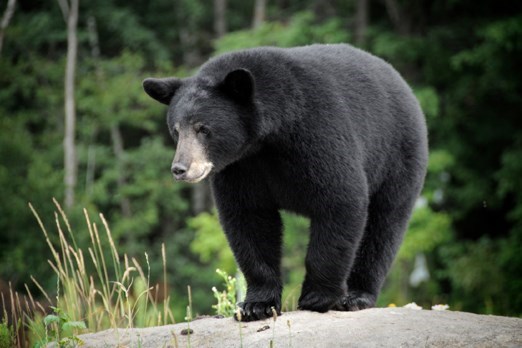THUNDER BAY - Knowledge is power, and the Ministry of Natural Resources and Forestry believes the more that can be found out about the often-feared bear population, the better.
The MNRF have developed and planted “barbed wire hair traps,” in Thunder Bay, north of Ignace, and east of Lake Nipigon.The goal of the traps is to collect DNA to gather data about bears in the region.
The bait; nothing more than a can of sardines.
“It looks pretty simple and straightforward,” said Michelle Nowak, the Ministry of Natural Resources and Forestry regional outreach specialist.
“We hang the sardine can rather high up in the tree to peak the bear’s interest, and the tree is within a two metre radius of barbed wire,” Nowak said.
The “trap” is not meant to harm the bears as Nowak explained.
“It’s not invasive, it doesn’t hurt the bear, but they leave enough hair to collect it and send it to the labs.”
At the labs, the data is collected to give the MNRF a better insight into the sustainability of the bear population.
“When we have a bear we can tell whether it’s been registered in our databank in the past or whether it’s a new bear to the area.”
Nowak and the MNRF are urging the public to be aware of the marked survey stations, and to not interfere with any of the sites.
There are approximately 120 traps set up throughout the three regions.
